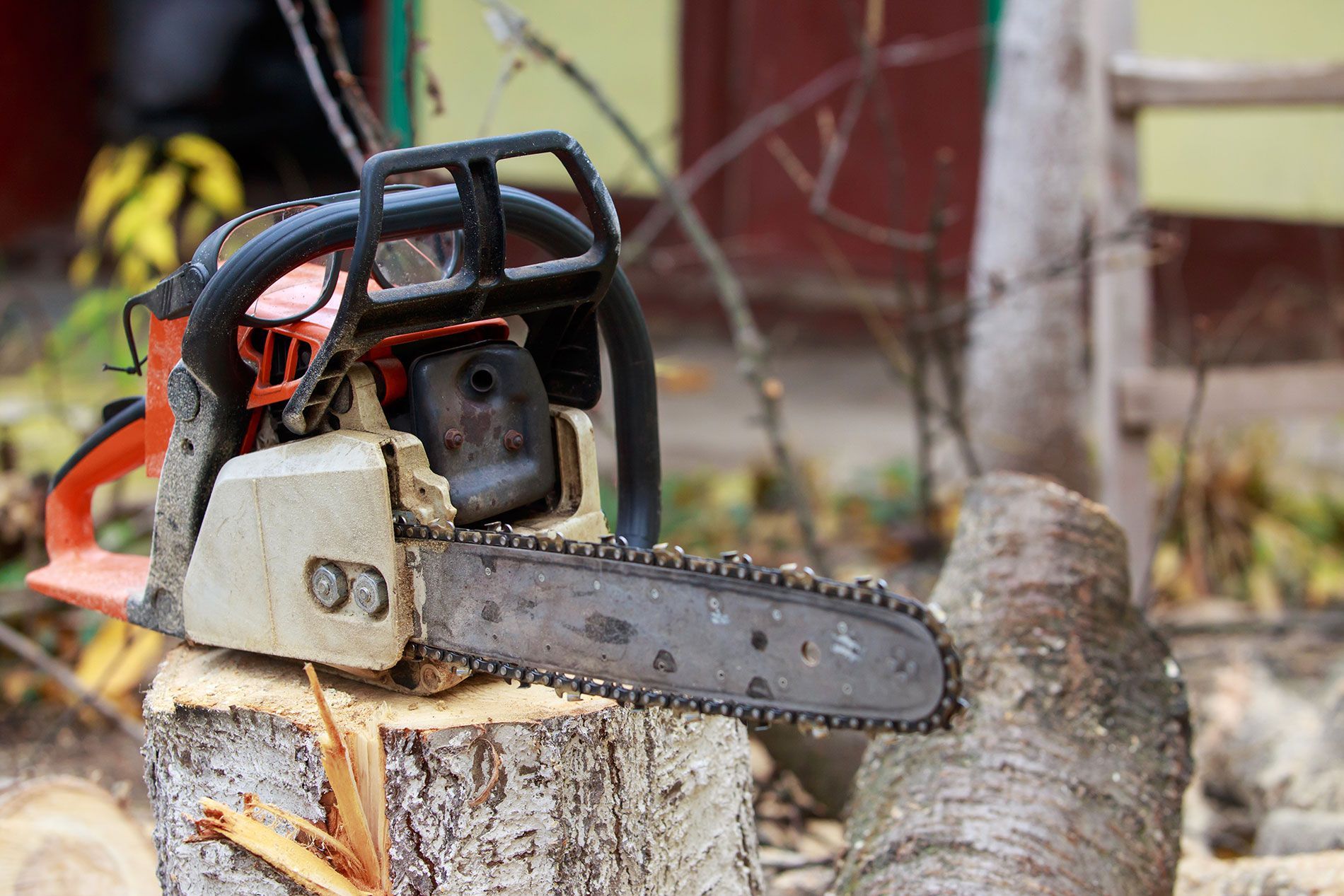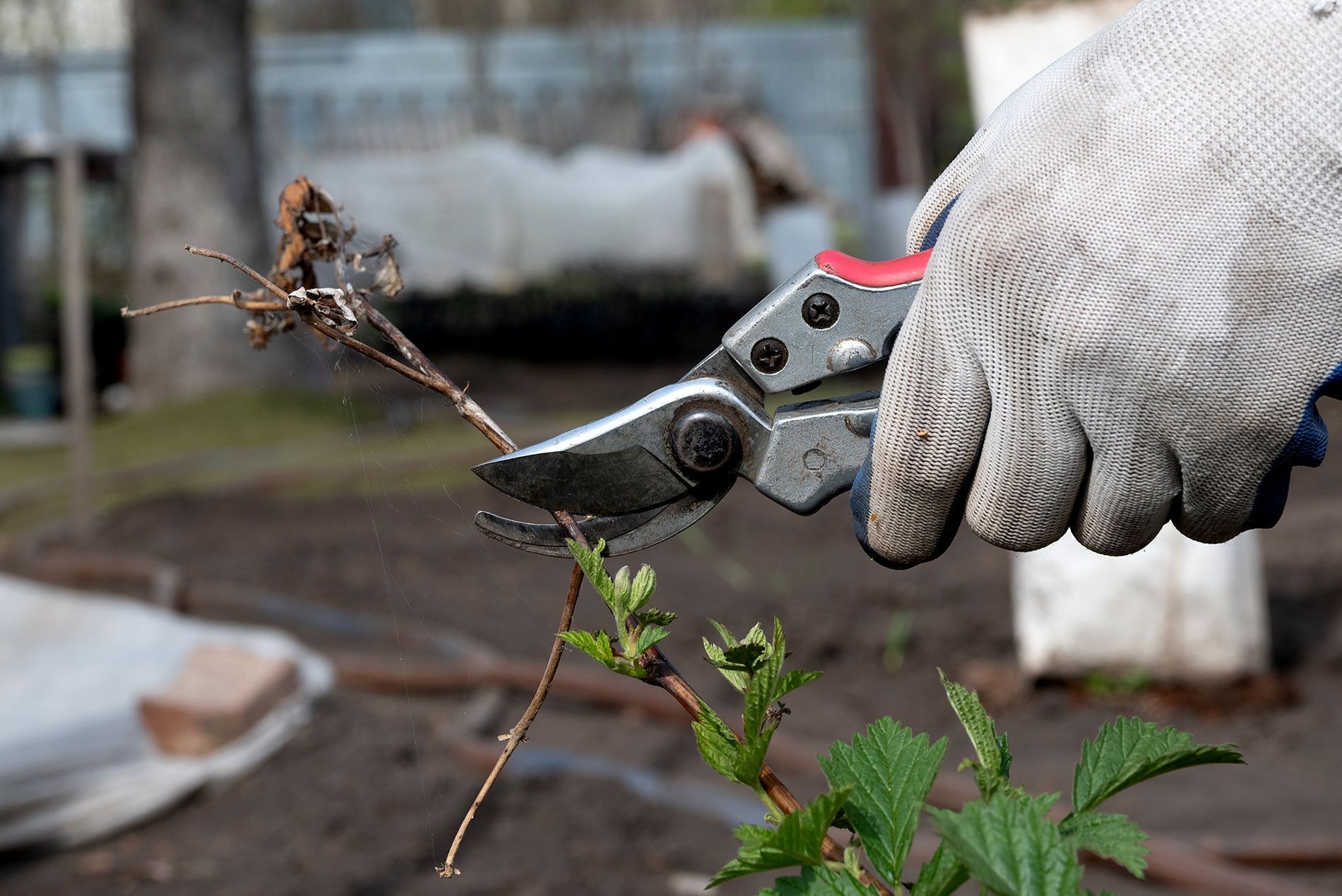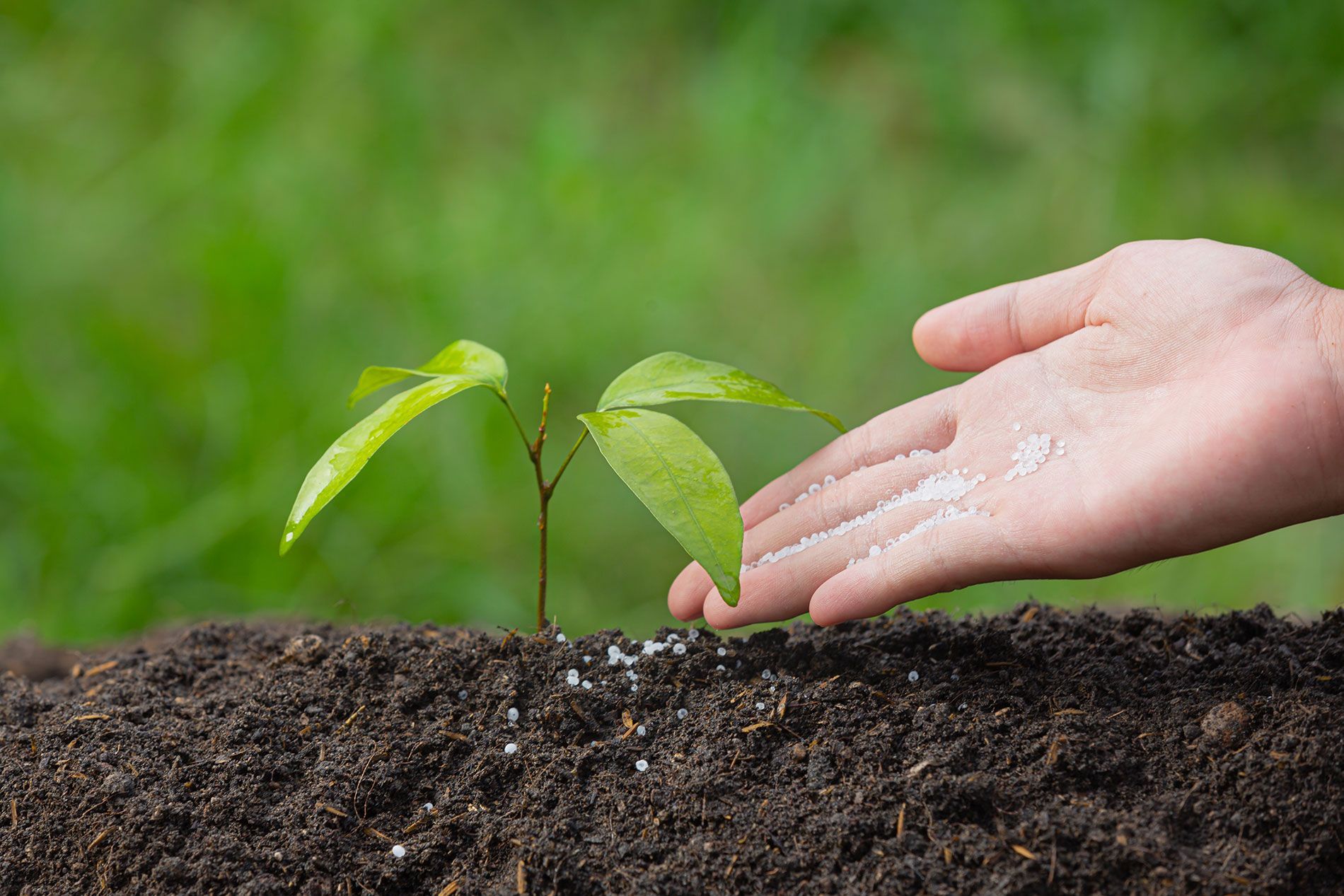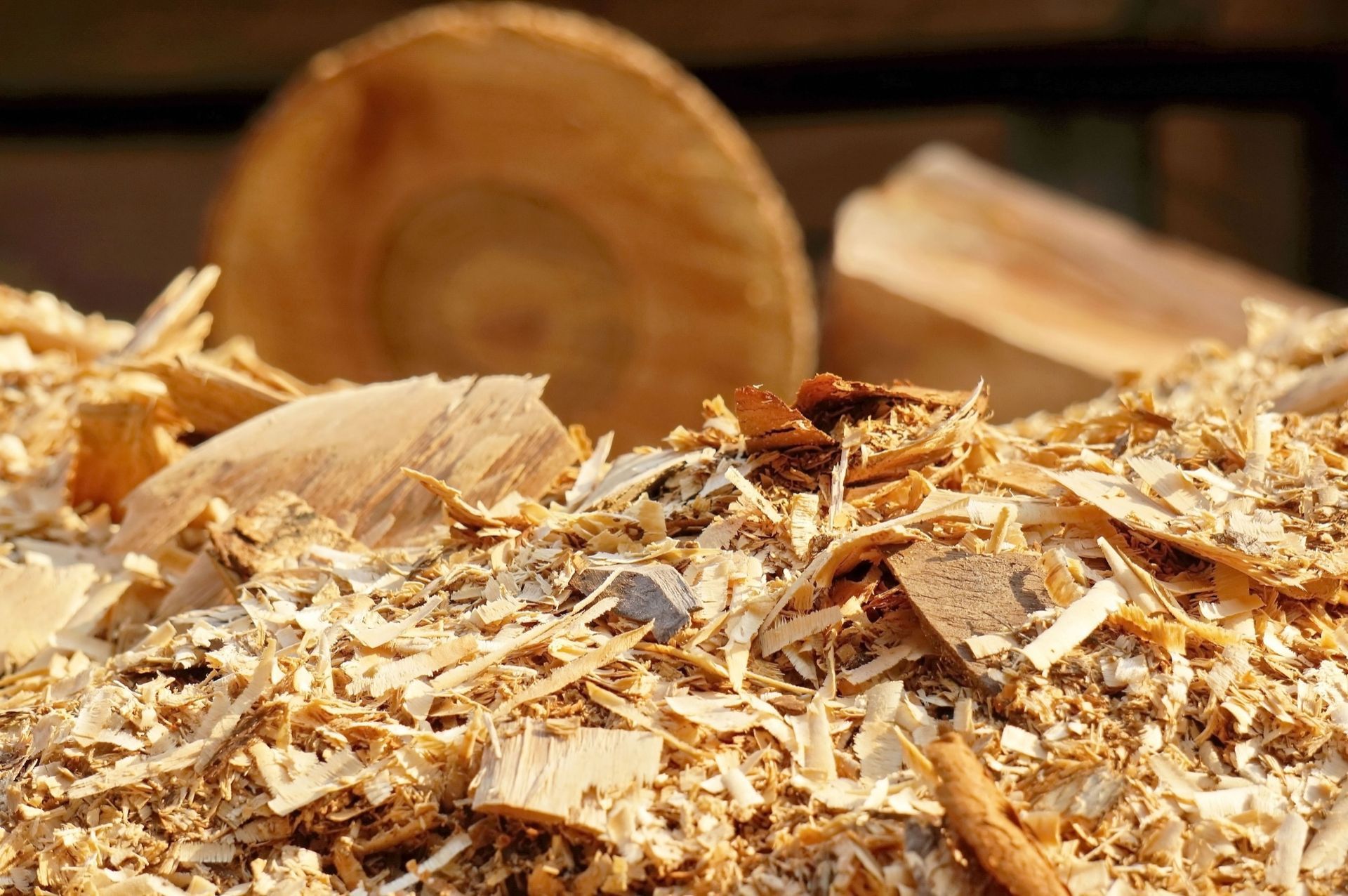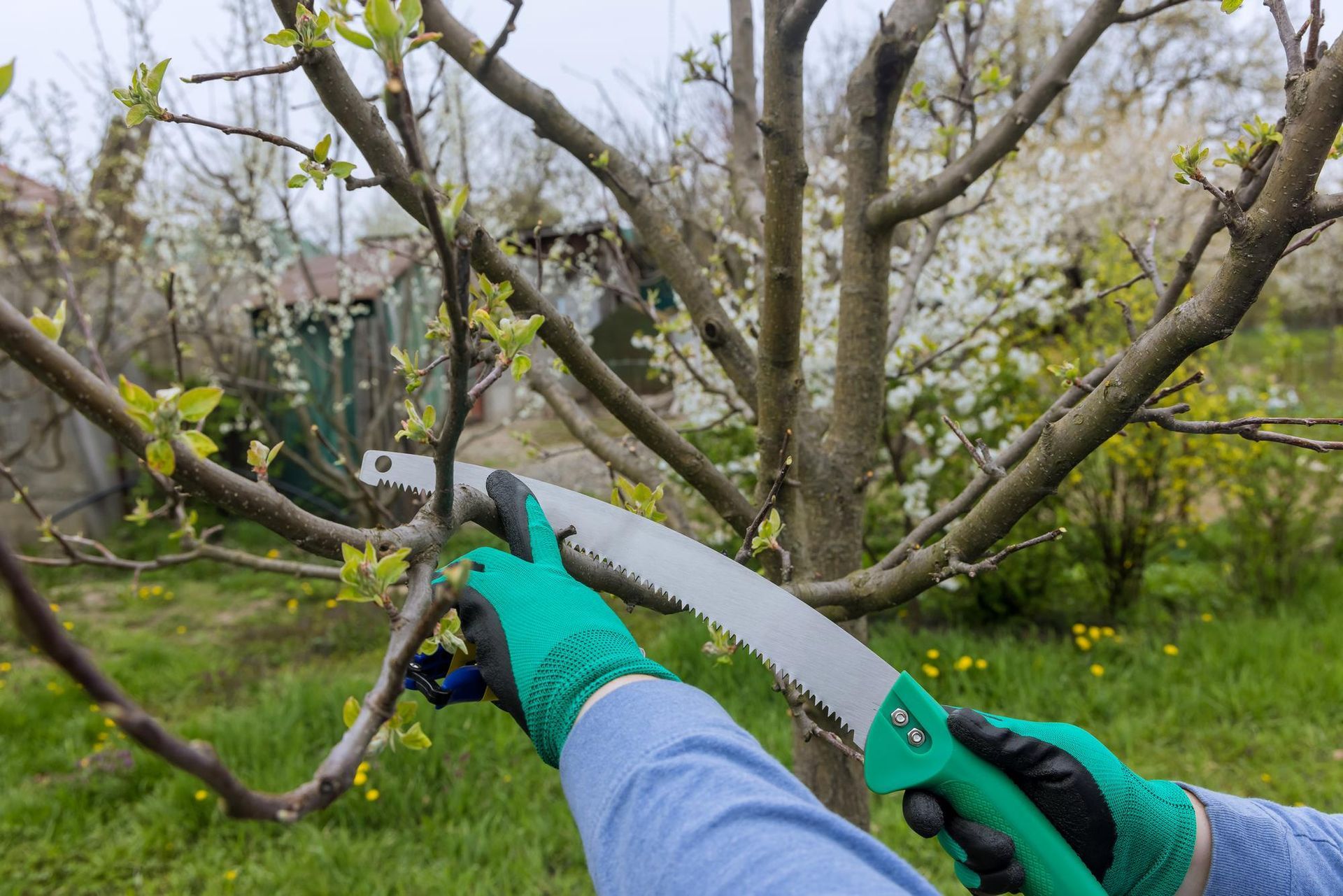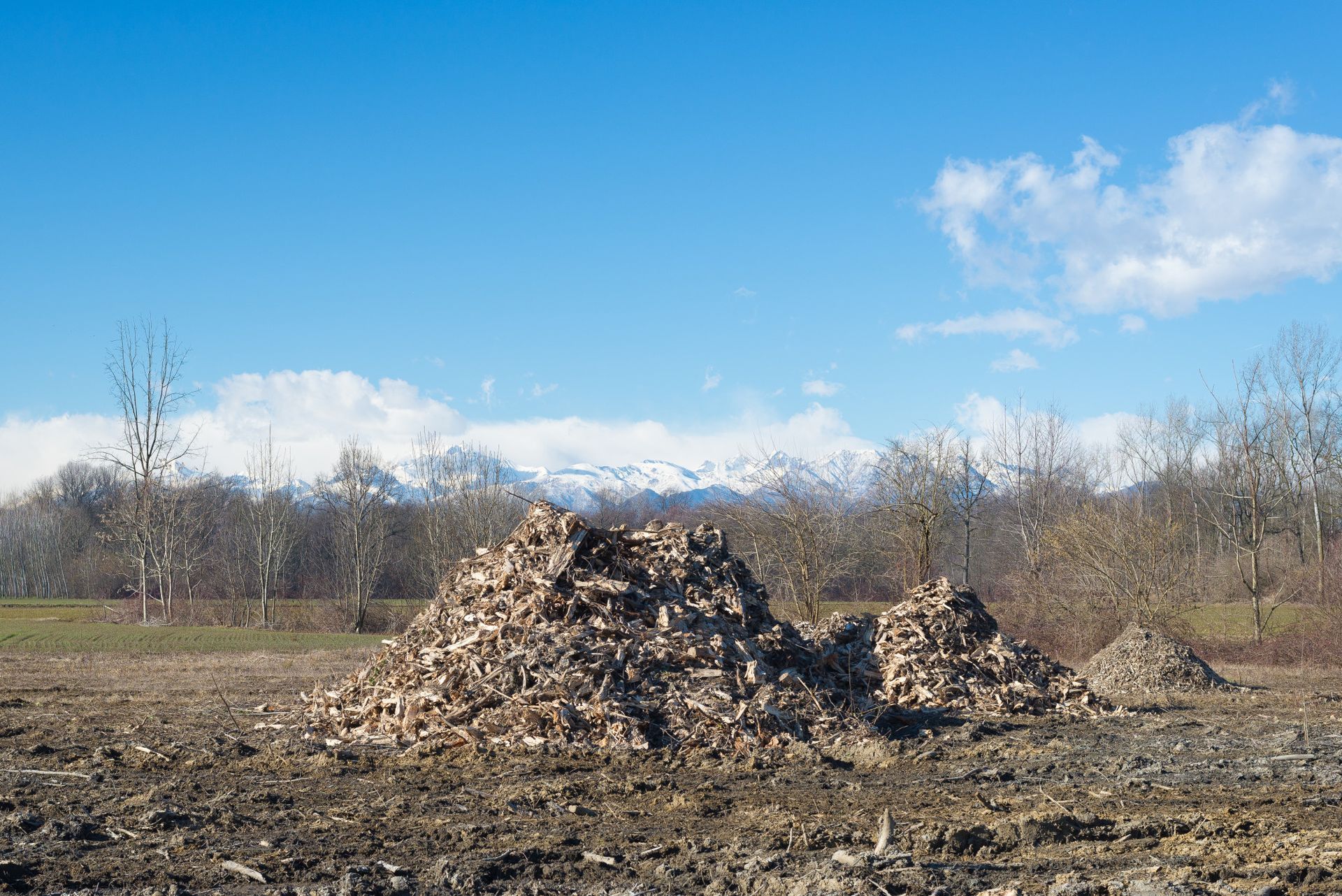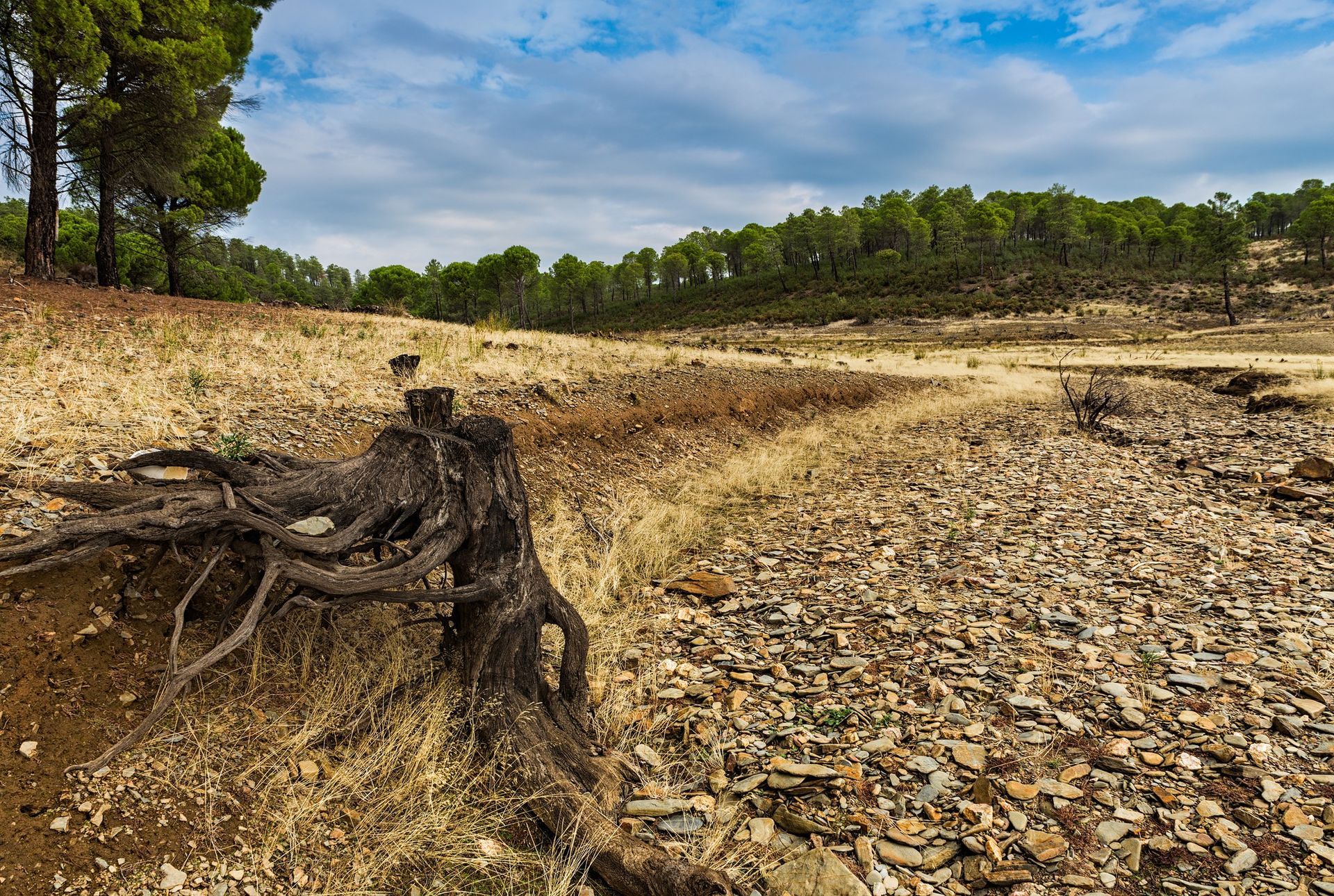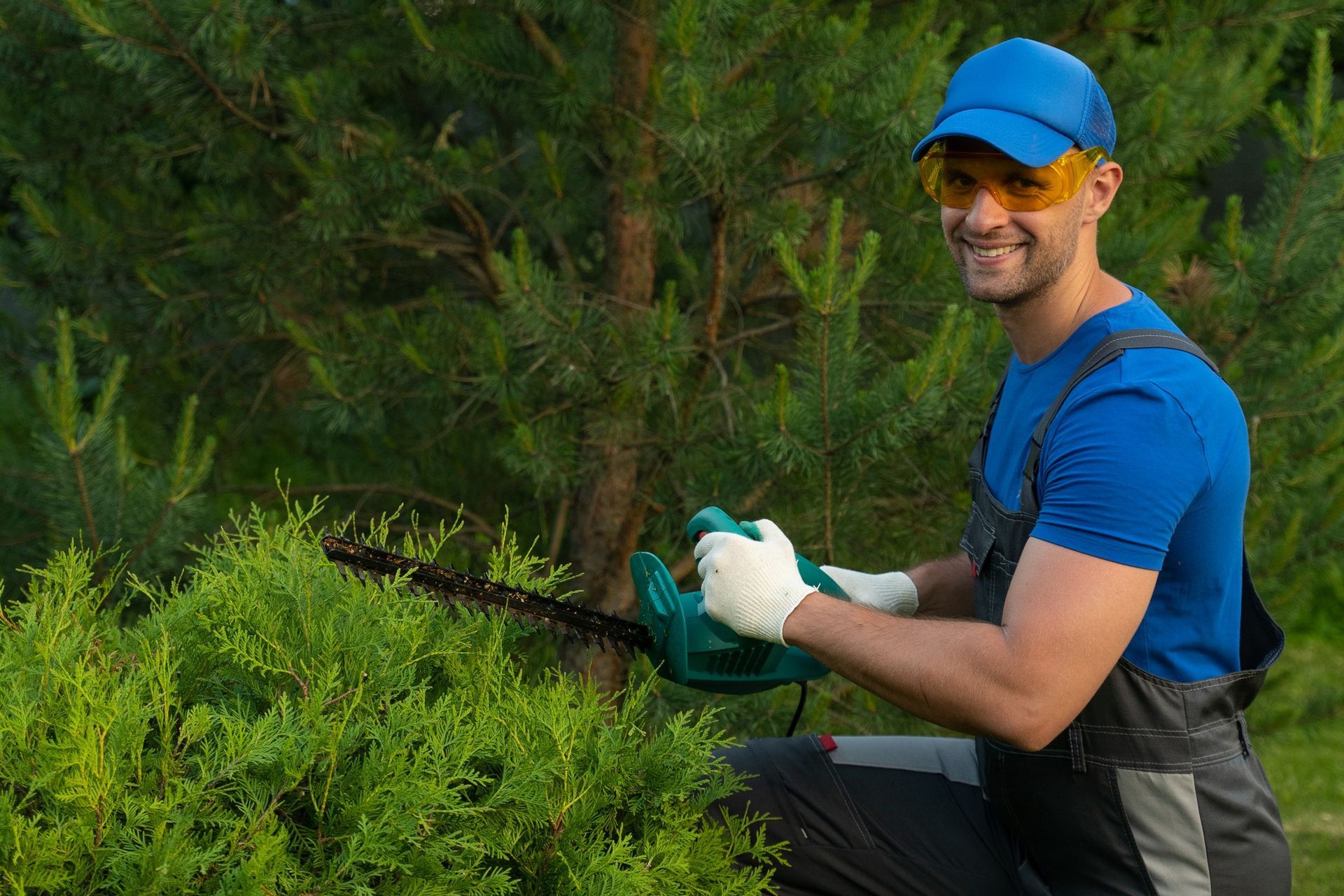The Homeowner's Guide to Trimming Trees: When, Why, and How
Trimming trees is a crucial aspect of maintaining a healthy, safe, and aesthetically pleasing landscape for homeowners. It goes beyond just enhancing the visual appeal of your yard; it's about ensuring the longevity and vitality of your trees. Proper tree trimming can prevent the spread of disease and decay, remove hazardous branches that may pose a risk during storms, and even improve sunlight penetration and air circulation, fostering a healthier garden environment. Moreover, by strategically shaping trees, homeowners can create a landscape that complements their home's architecture, increasing property value and curb appeal. This guide will delve into the when, why, and how of tree trimming, providing homeowners with essential knowledge to undertake this task effectively. Understanding the best practices and techniques for tree trimming is vital not only for the well-being of your trees but also for ensuring the safety and beauty of your outdoor space.
Section 1: Understanding the Importance of Tree Trimming
Tree trimming is an indispensable practice for homeowners, offering multifaceted benefits that encompass tree health, safety, and landscape aesthetics. When it comes to tree health, regular trimming is paramount. It involves the removal of dead or diseased branches, which, if left unattended, can become conduits for pests and pathogens, endangering the entire tree. By strategically eliminating these problematic limbs, tree trimming halts the spread of disease, facilitating a healthier tree lifecycle.
Safety, another critical consideration, is significantly enhanced through diligent tree trimming. Overgrown or weakened branches pose a risk, especially during severe weather conditions, where they can break off and cause damage to property or injury to individuals. Routine trimming ensures that such hazards are mitigated, maintaining a secure environment.
From an aesthetic perspective, tree trimming plays a vital role in shaping the visual character of a landscape. Well-trimmed trees contribute to a tidy, harmonious outdoor space, enhancing the overall appeal of a property. This not only elevates the homeowner's enjoyment of their outdoor area but can also increase property values.
Moreover, for fruit-bearing trees, regular trimming is essential for promoting fruitful yields. It improves sunlight exposure and air circulation within the canopy, which are crucial factors for flower and fruit development. By removing excess or competing branches, energy is redirected to fruit production, leading to more abundant and healthier harvests. Thus, tree trimming emerges as a critical practice for maintaining vibrant, productive, and safe green spaces.
Section 2: Knowing When to Trim Your Trees
The timing of tree trimming is pivotal and varies depending on the type of tree and its specific lifecycle. Generally, the dormant season, typically late fall to early spring, is ideal for most trees. During this period, trees are in a state of rest, and trimming is less likely to cause stress or invite pests and diseases. However, there are exceptions; for instance, spring-flowering trees are best trimmed immediately after their blossoms fade to avoid cutting off next year's buds.
Understanding the signs that a tree needs trimming is equally important. Dead or broken branches are clear indicators; they not only pose a safety risk but also drain the tree's resources. Overcrowding is another sign; when branches become too dense, it restricts light and air circulation within the canopy, hampering the tree's health and growth. Additionally, signs of disease, such as discolored leaves or unusual growths, can often be mitigated by removing affected branches, preventing further spread.
Timely and attentive trimming, guided by the tree's type and condition, ensures the tree's vitality, safety, and aesthetic appeal. By recognizing the optimal trimming times and heeding the signs of distress or overcrowding, homeowners can maintain healthy, flourishing trees that enhance their landscape and environment.
Section 3: Reasons to Trim Your Trees
Trimming trees serves multiple essential purposes, each contributing to the tree's health, safety, and harmony within its environment. One of the primary reasons for trimming is the removal of dead or diseased branches. These not only pose a risk of falling and causing injury or damage but also drain the tree's resources and can spread disease to healthy parts of the tree or even neighboring plants.
Shaping trees for aesthetic purposes is another significant reason for trimming. Thoughtful shaping can enhance the natural beauty of a tree, complementing the overall landscape design and increasing the property's visual appeal and value. It involves removing or shortening branches to create a desired form or to balance the tree's appearance, contributing to a well-maintained and attractive outdoor space.
Clearing branches from structures and power lines is crucial for safety and compliance with local regulations. Overhanging branches can cause damage during storms, interfere with power lines, or obstruct pathways and views. Regular trimming prevents such issues, ensuring trees coexist safely with their surroundings.
Regular maintenance through tree trimming is vital to prevent larger, more complex problems in the future. Proactive care helps avoid the development of structural issues within the tree that could necessitate more drastic measures, such as heavy pruning or even tree removal, which can be more costly and detrimental to the landscape's aesthetic and ecological balance. Regular trimming keeps trees healthy, safe, and beautiful, contributing to a thriving and enjoyable outdoor environment.
Section 4: How to Trim Trees Safely and Effectively
Trimming trees requires careful planning and execution to ensure both the health of the tree and personal safety. Begin with the right tools: sharp, clean pruning shears for small branches, loppers for medium branches, and a saw for larger limbs. Safety gear is crucial, including gloves, protective eyewear, and a hard hat.
- Step 1: Inspect the tree to identify dead, diseased, or problematic branches.
- Step 2: Start with light pruning, removing dead or small overhanging branches, to maintain the tree's shape and health. Make clean cuts close to the branch collar without damaging it.
- Step 3: For more substantial trimming, assess the need to remove larger branches. If a branch is thicker than 2 inches, consider consulting a professional.
- Step 4: Always trim branches at a 45-degree angle to prevent water damage and disease.
Distinguish between light pruning, which can be done annually to maintain shape and health, and more extensive trimming, which might involve significant branch removal. For substantial trimming, especially for large trees or those near power lines, it's safest to call in professional arborists to ensure the job is done safely and effectively.
Section 5: Common Mistakes to Avoid in Tree Trimming
Common tree trimming mistakes can inadvertently harm a tree's growth and health. Over-pruning is a frequent error, where removing more than 25% of a tree's foliage in one season can stress the tree, leading to stunted growth or disease susceptibility. Improper cuts, such as leaving stubs or cutting too close to the trunk, can prevent proper healing and invite pests and decay. Trimming at the wrong time of year, especially for certain species, can interfere with growth cycles and expose trees to harsh weather conditions or pests.
To avoid these pitfalls, adhere to the "one-quarter" rule, never removing more than 25% of the tree's canopy at once to maintain its energy reserves. Make cuts just outside the branch collar to promote effective healing. Research the best trimming times for specific tree types in your region; generally, late fall to early winter is safe for many species. By following these guidelines, you can ensure your trees remain healthy, resilient, and beautiful.
Section 6: The Role of Professional Arborists
Hiring a professional arborist for tree trimming tasks becomes essential when dealing with large, mature trees, trees located near power lines, or when the required work involves climbing or the use of heavy machinery. Arborists possess the specialized training, experience, and equipment needed to safely and effectively perform such tasks, minimizing the risk of injury to people and damage to property.
Professional arborists bring a wealth of knowledge about various tree species, understanding their growth patterns, health issues, and optimal pruning techniques. This expertise ensures that trimming is done in a way that promotes the tree's health, structural integrity, and aesthetic value. Additionally, arborists can identify potential issues that may not be apparent to the untrained eye, such as diseases, pests, or structural weaknesses, and recommend appropriate treatments or preventive measures.
The benefits of hiring an arborist go beyond safety and efficiency. Their skillful work can significantly enhance the overall health and longevity of trees, contributing to a more vibrant and sustainable landscape.
Conclusion
Tree trimming is an integral part of home maintenance that ensures the health, safety, and aesthetic appeal of your landscape. Homeowners should approach tree trimming with a clear understanding of the optimal times for trimming, which generally falls during the dormant seasons for most trees. The reasons for trimming are multifaceted, including promoting tree health by removing dead or diseased branches, enhancing safety by preventing potential hazards, and improving the tree's overall appearance.
When trimming, it's crucial to use the right tools and techniques, such as making clean cuts and avoiding over-pruning, to protect the tree's health. For substantial trimming tasks, especially those involving large trees or those near utilities, the expertise of a professional arborist is invaluable.
As part of a comprehensive home maintenance routine, regular tree trimming should not be overlooked. It not only preserves the vitality and beauty of your landscape but also prevents future problems. When in doubt, seeking professional advice or services can ensure that your trees remain a valuable asset to your property.
Call to Action
Big Mountain Tree Service encourages homeowners to take a proactive approach in assessing the condition of their trees to determine the need for trimming. By regularly inspecting your trees for signs of disease, dead branches, or overcrowding, you can identify potential issues before they escalate. Planning a tree maintenance schedule is key to ensuring the health and longevity of your landscape.
Sharing knowledge is pivotal in maintaining healthy communities. If you've found this guide helpful, we urge you to share it with fellow homeowners who might benefit from these insights. Together, we can foster safer, more beautiful neighborhoods.
For those unsure about the condition of their trees or how to proceed with trimming, Big Mountain Tree Service is here to help. With expert arborists on call, we offer professional advice and services tailored to your needs. Don't hesitate to reach out at 406-261-2042 for a consultation or assistance in planning your tree maintenance schedule. Let's keep our trees thriving together.
FAQs
-
When is the best time to trim trees?
The ideal time for trimming most trees is during their dormant season, typically in late fall to early winter. This timing reduces stress on the trees and minimizes the risk of disease. However, the best time can vary based on the tree species and local climate, so it's important to research or consult a professional like Big Mountain Tree Service for advice specific to your trees.
-
How often should I trim my trees?
The frequency of tree trimming depends on the tree's species, age, and health, as well as the objectives of the trimming (e.g., health, safety, aesthetics). Generally, most trees benefit from an inspection and potential light trimming annually, with more substantial pruning done every 3-5 years. Regular assessments by a professional can help determine the optimal trimming schedule.
-
Can I trim my trees myself, or should I hire a professional?
While light pruning of small, accessible branches can often be done by homeowners with the right tools and knowledge, larger or more complex trimming tasks should be entrusted to professionals. Tasks that involve climbing, the use of power equipment, or are near power lines pose significant risks and require the expertise and equipment of a professional service like Big Mountain Tree Service.
-
What are the risks of over-pruning a tree?
Over-pruning, or removing too much foliage from a tree at once, can severely stress the tree, making it more susceptible to disease and pest infestations. It can also lead to weak regrowth and structural imbalances. It's recommended not to remove more than 25% of a tree's canopy during any single pruning session to avoid these risks.
-
How can I tell if my tree is diseased and needs trimming?
Signs of a diseased tree may include discolored leaves, cankers, unusual growths, and dead or dying branches. If you notice any of these symptoms, it's crucial to address the issue promptly to prevent the disease from spreading. Professional arborists from Big Mountain Tree Service can provide an accurate diagnosis and recommend the best course of action, including whether trimming is necessary to remove diseased parts.
Phone:
Business Hours:
Monday - Friday: 9 AM - 5 PM
